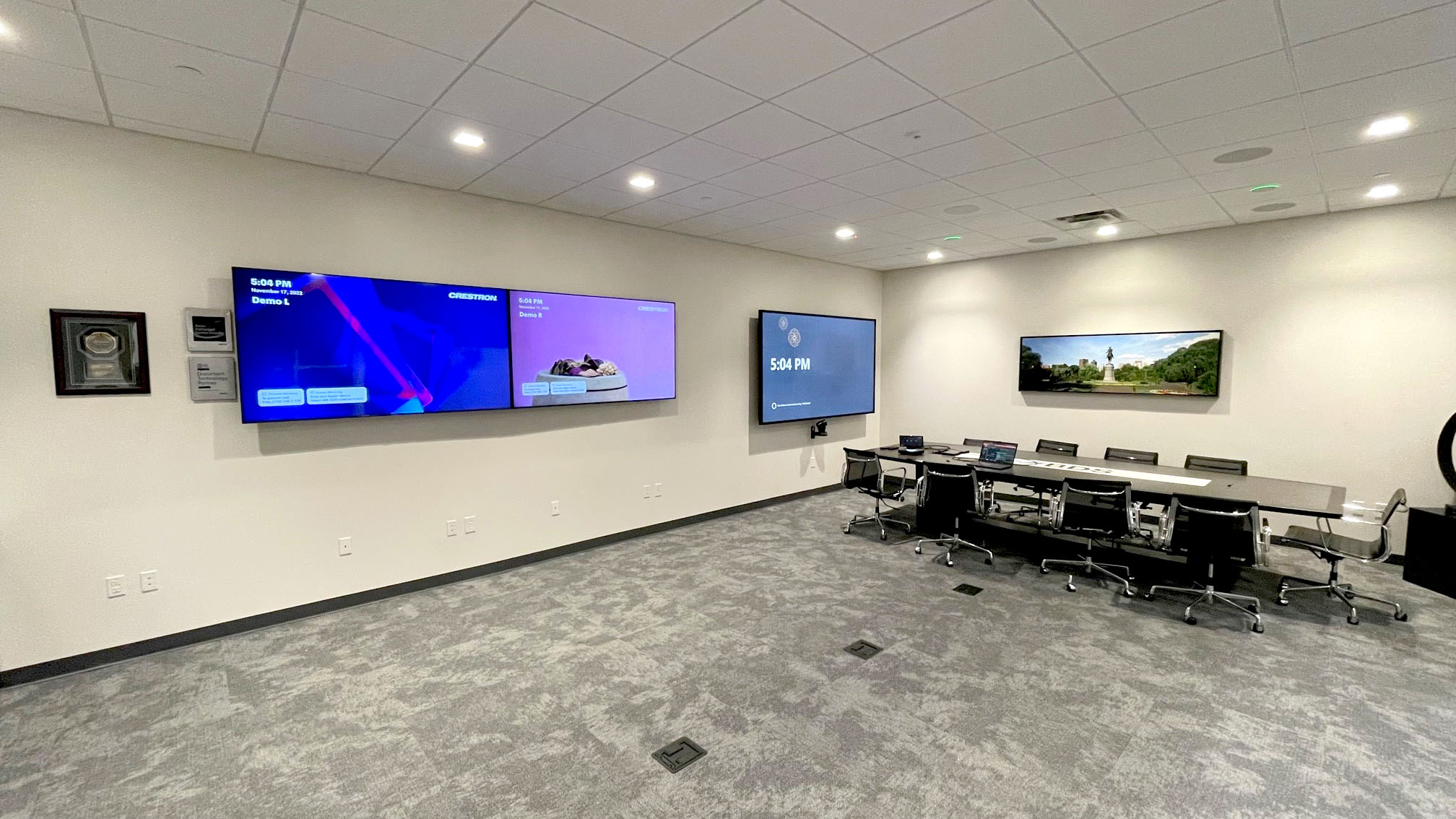
Placing surveillance cameras effectively effectively remains essential for improving surveillance across different environments, including homes, commercial properties, and community areas. The primary objective of security systems is to discourage crime while also offering proof in instances of incidents. To attain this, it is important to consider various factors, such as camera placement, field of vision, and the particular areas that need monitoring. By comprehending these elements, people and entities can create a thorough monitoring plan that optimizes the effectiveness of their security solutions.
One of the first actions in positioning surveillance cameras involves to identify critical locations that require surveillance. Vulnerable zones, including entrances, exit points, parking areas, as well as areas with high-value assets, must be prioritized. It also important to take into account blind spots, that are areas that might not be visible from specific angles. By charting out these critical areas, security staff can ensure that every corner remains monitored, minimizing the likelihood of criminal actions going unnoticed. Additionally, installing cameras at key points can help form a complete view of the property, allowing for improved overall surveillance coverage.
The viewing angle of a security camera remains another crucial factor to take into account. Different types of surveillance systems offer different ranges of view, that can influence how much area is captured in the footage. For example, wide-angle systems can monitor larger areas, making them perfect for spacious areas, whereas pan-tilt-zoom cameras can be adjusted to focus on particular details. When placing surveillance systems, it is important to choose the right kind based on the location being observed. This guarantees that the camera can record sharp footage and offer valuable information in the event of an incident.
Elevation and angle of installation also have a crucial part in the efficacy of surveillance cameras. Cameras should be installed at a level that remains out of reach of potential tampering but also enables for unobstructed visibility of identifying features and other recognizable features. A typical suggestion is mount cameras at least eight to 10 feet off the floor. Additionally, the tilt at which the system is positioned can impact its capability to record crucial information. Cameras should be tilted to minimize reflection and prevent blockages, ensuring that they can record sharp video at any moments.
Finally, regular upkeep and improvements to the surveillance camera are essential for sustained effectiveness. This includes inspecting system functionality, cleaning optics, as well as ensuring that software remains current. Regular assessments of see this website the surveillance strategy can help detect any additional blind spots or areas that might need additional coverage. By remaining proactive and making required changes, individuals and entities can improve their surveillance efficacy and guarantee that their surveillance systems continue to fulfill their designated purpose.